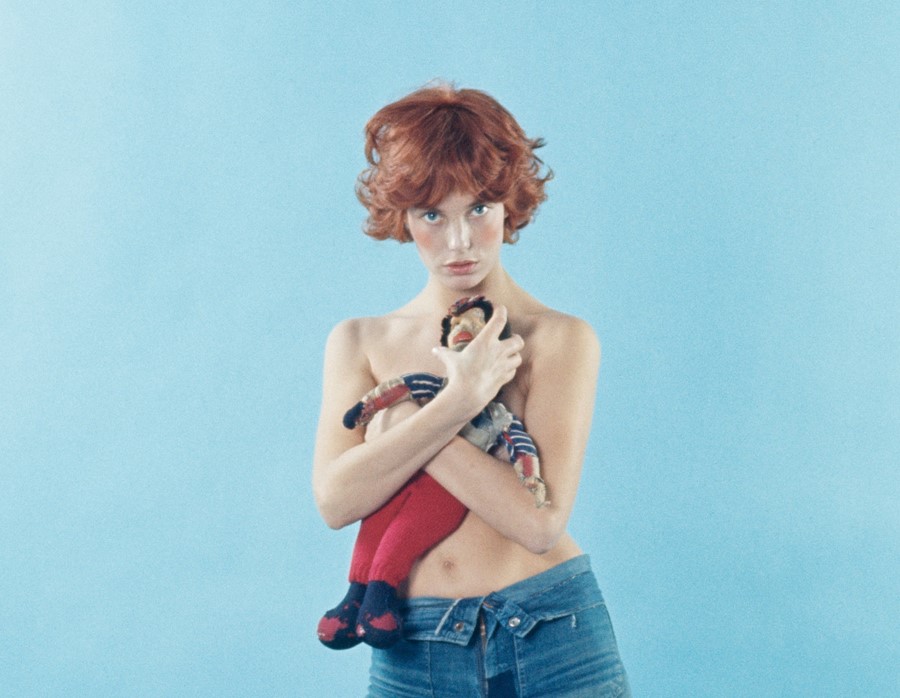Almost half a century after its release, we speak to the photographer behind the iconic album cover of Serge Gainsbourg’s cult record Histoire de Melody Nelson
Serge Gainsbourg’s 1971 ‘concept album’ – a fairly foreign categorisation at the time – Histoire de Melody Nelson is one of music’s most lauded. The seven tracks weave a vaguely autobiographical tale of Gainsbourg in his Rolls-Royce colliding with ingénue Melody Nelson on her bicycle and the romance that follows, and on its cover is Jane Birkin as Nelson, the image of innocence with rosy cheeks and a toy monkey clutched to her bare chest, her blue jeans folded down at the waist to accommodate her early pregnancy. “I’d heard nothing,” recalls photographer Tony Frank in his new book, Bleu Melody. “All I know is Jane will be wearing jeans. So I decide to set up a light blue background while waiting for her to arrive.” Frank’s photographs of Birkin on the cover of Histoire de Melody Nelson have become as iconic as the album itself. “Since then, some people have started calling it ‘Melody Blue’,” says Frank, hence his book’s title. “It makes a change from ‘Klein Blue’...”
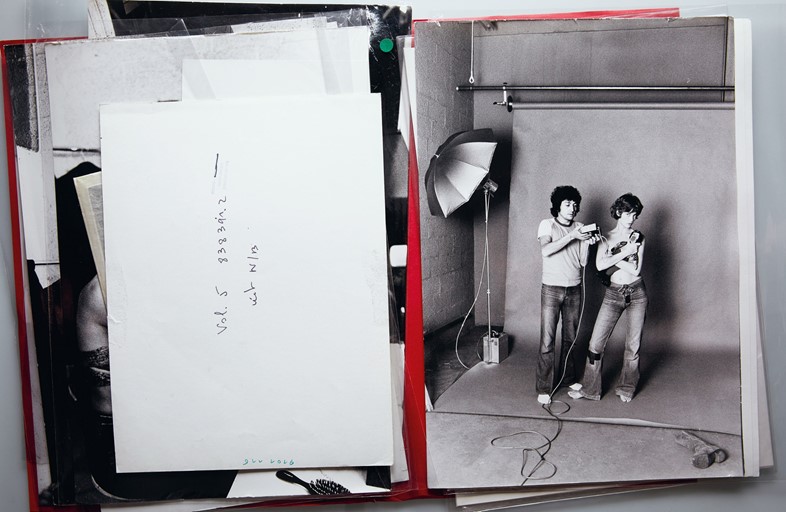
Frank had worked with Gainsbourg on album covers before, having met first in a nightclub in 1962. “We didn’t talk,” Frank remembers. “Then I went to his house in 1968, his record company asked me to go for some pictures for an album cover. I don’t really know who was more shy.” Timidity aside, the pair continued to work together on record sleeves, and when Gainsbourg called three years later he simply said: “Hey kid, you’d better find a studio to do my new album cover!”
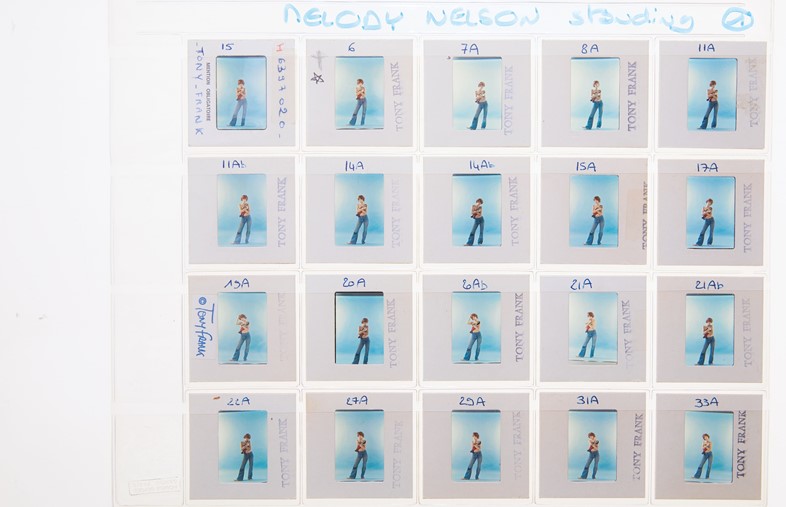
The red hair now synonymous with Melody Nelson as characterised by Birkin came about because of a bad mood. Gainsbourg was late to set, and when he arrived could see that Birkin had grown impatient. “He opens his briefcase, where he always carries his wads of ‘Pascal’ bank notes and packets of Gitanes, and pulls out an auburn wig – red, really – that he puts on his head to play the clown and make her laugh,” recalls Frank. “Suddenly the atmosphere relaxes. Then Jane tries on the wig, looks in the mirror, and becomes Melody.” Contact sheets, proofs, behind-the-scenes imagery and slides from the shoot are collected in Bleu Melody, forming a “booklet”, as Frank calls it, of Melody mementoes, tracing how the record – via both its music and its imagery – became a cult favourite.

And endure it does: a piece of the shoot has gone with Gainsbourg to his grave, literally. The toy animal that functions as Birkin’s top was one of her treasured possessions, and she made use of it during the shoot on a whim, as a means of covering up. “It’s a monkey she’d been given when she was small – her uncle won it at a fun fair, I think, or something like that,” Frank writes, “and she carried it everywhere in the big wicker basket she used at the time as a handbag. She called it her ‘Monkey’... legend has it – and I think it’s true – that Monkey ended up in Serge’s coffin.”
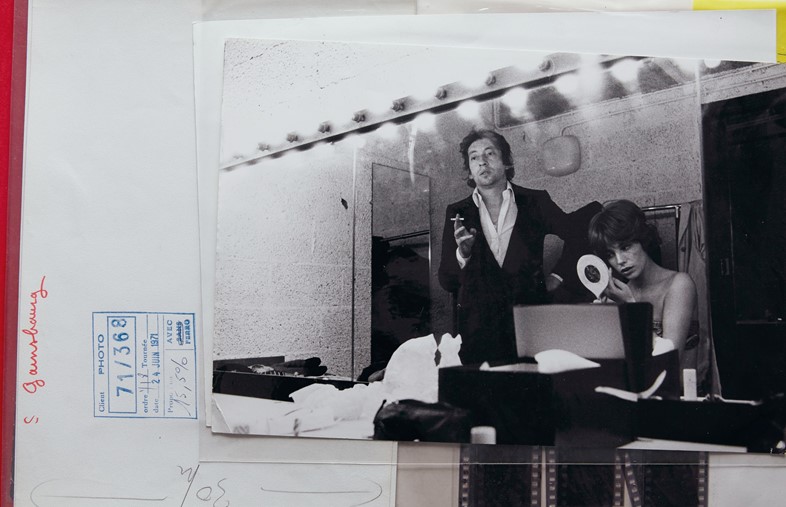
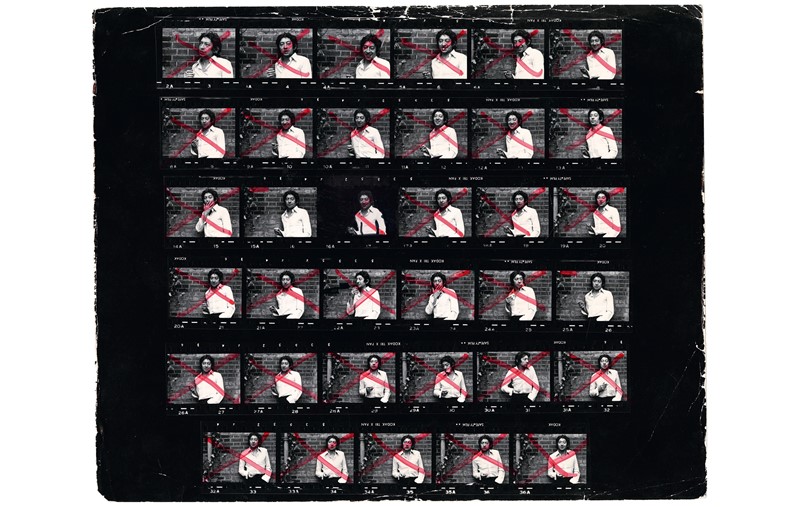
Bleu Melody by Tony Frank is out now, published by RVB Books.
